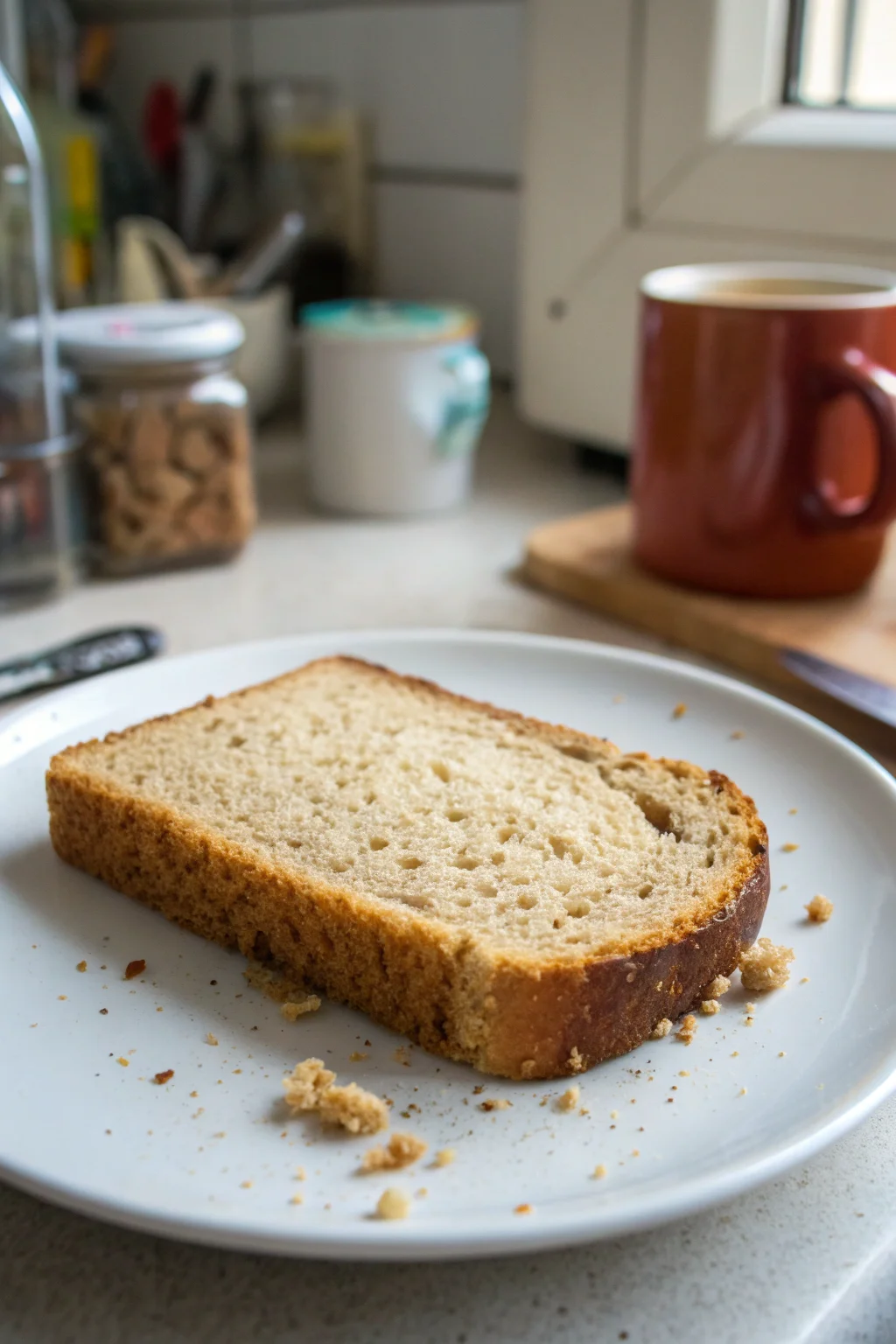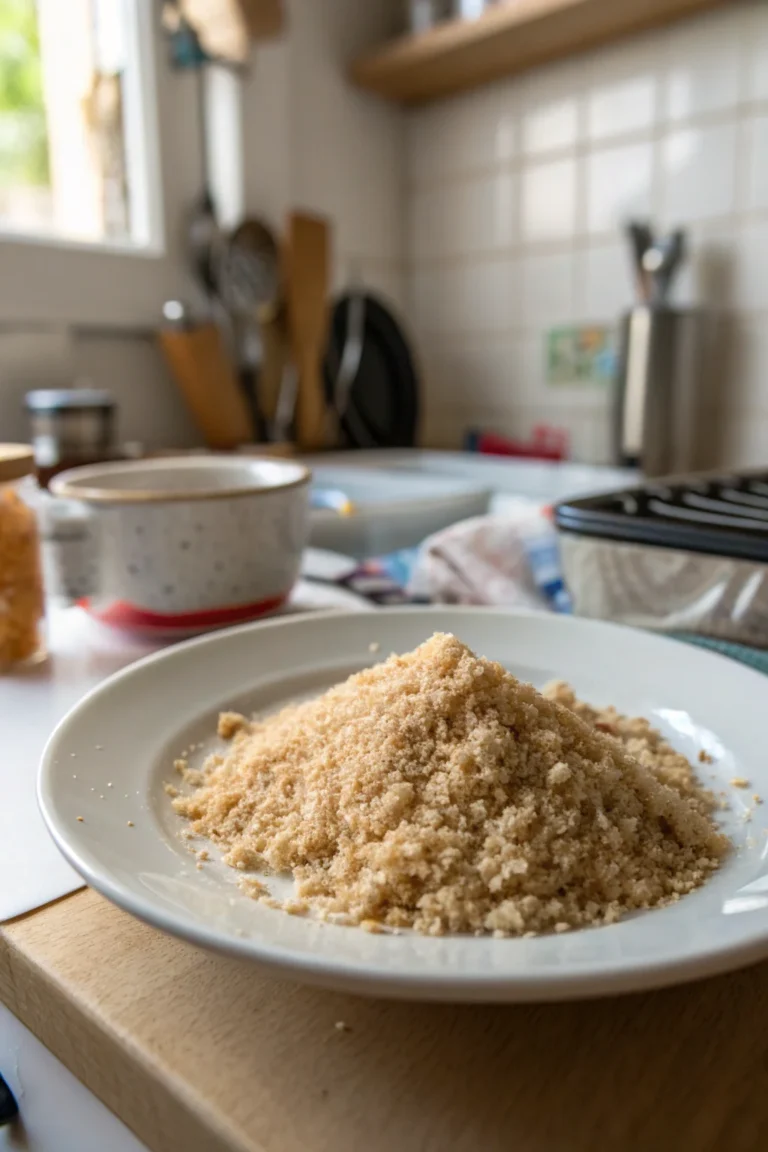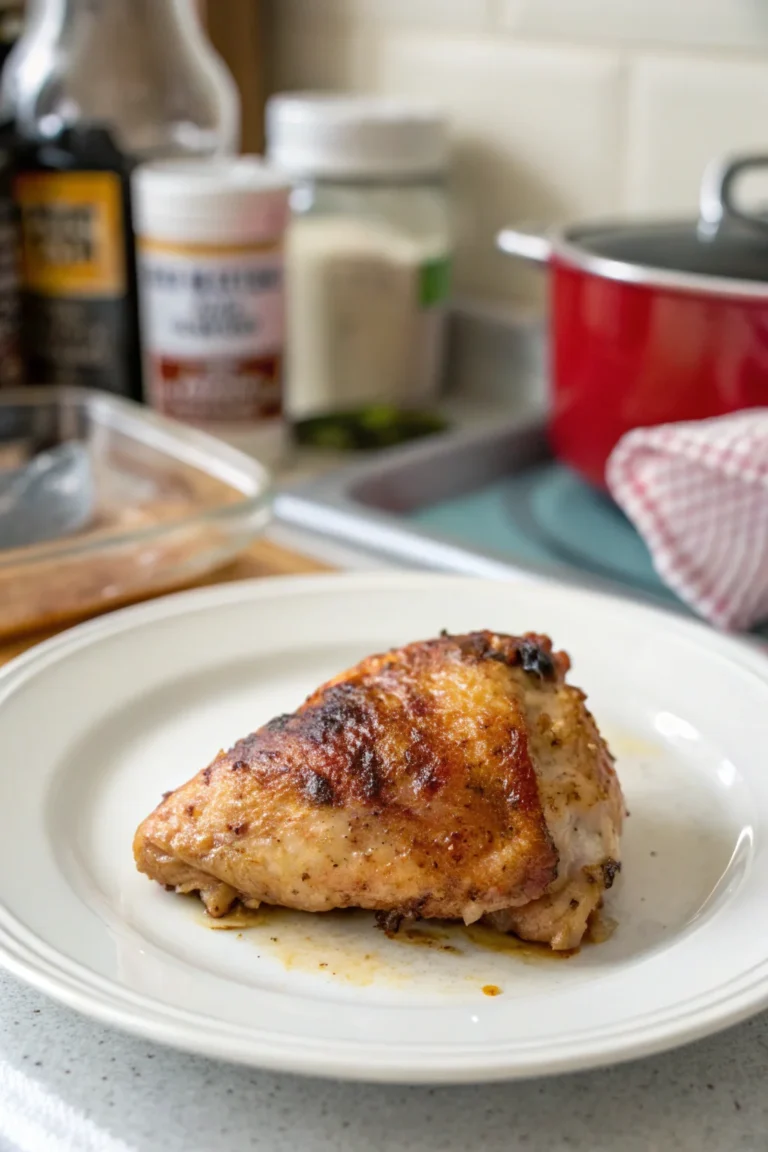Why Is My Bread Dense? | Baking Mistakes Explained
Baking bread can be incredibly rewarding, but it can also be frustrating when your loaf doesn’t turn out as expected. A common issue many home bakers face is ending up with dense bread. In this FAQ-style article, we’ll explore the reasons why your bread might be dense and provide practical solutions to help you achieve that perfect, fluffy texture.
Table of Contents
What Causes Bread to Be Dense?

Dense bread can result from several factors, often related to the dough’s ingredients or the baking process. Common causes include:
Insufficient yeast activity: This can happen if the yeast is old or proofed incorrectly. Yeast is a living organism, and its ability to leaven dough depends on its freshness and how it is handled. If the yeast is inactive, it won’t produce the carbon dioxide needed for the dough to rise, resulting in a dense loaf. To ensure your yeast is active, always store it in a cool, dry place, and consider buying yeast in smaller quantities if you don’t bake often, to keep it fresh.
Incorrect flour type: Using a flour with too low protein content can affect gluten development. Gluten is the network of proteins that gives bread its structure and elasticity, and insufficient gluten will lead to a denser crumb. It’s helpful to understand the protein content of different flours; bread flour typically contains about 12-14% protein, while all-purpose flour ranges from 9-11%. This difference significantly affects the dough’s elasticity and the bread’s final texture.
Poor kneading: Under-kneading or over-kneading can both lead to dense bread. Kneading helps develop gluten, and improper kneading affects the bread’s texture. The kneading process should be consistent and thorough, ideally lasting around 8-10 minutes by hand or 6-8 minutes with a stand mixer at medium speed. Knowing the dough is ready by performing the “windowpane test” can help ensure that it has been kneaded properly.
Understanding these factors is crucial for diagnosing why your bread might not be reaching its desired texture.
How Does Yeast Affect Bread Density?
Yeast is a crucial ingredient in bread-making, responsible for fermentation and leavening. If your yeast is expired or improperly activated, it won’t produce enough carbon dioxide to make the bread rise, resulting in a dense loaf. To ensure your yeast is active:
Check the expiration date before use. Yeast has a shelf life, and using expired yeast can lead to disappointing results. Even if the expiration date is valid, storing yeast improperly can affect its potency, so keep it refrigerated or in a cool, dry place.
Proof the yeast by dissolving it in warm water with a pinch of sugar and watch for bubbles forming. This step confirms that the yeast is alive and ready to work. If no bubbles form, the yeast may be inactive, and you’ll need to start with fresh yeast. The ideal water temperature for proofing yeast is between 105°F and 115°F (40°C to 46°C).
For more tips, check out our guide on using yeast effectively.
Can Overproofing Make Bread Dense?
Yes, overproofing can lead to dense bread. When dough ferments too long, the yeast consumes all available sugars, causing the dough to collapse. To avoid this:
Keep an eye on the dough as it rises. Rising times can vary based on temperature and humidity, so it’s important to monitor the dough rather than strictly follow the clock. Be particularly cautious in warm environments, where dough can rise faster, leading to overproofing if left unattended.
Perform the “finger dent test”: gently press the dough; if it springs back slowly, it’s ready for baking. If the dough doesn’t spring back, it may be overproofed and could collapse during baking. Setting a timer for shorter intervals to check the dough can help prevent overproofing.
Learn more about proofing techniques.
Is the Type of Flour Important for Bread Texture?
Absolutely! The type of flour significantly impacts the texture of your bread. Bread flour is ideal due to its higher protein content, which enhances gluten formation, resulting in a better rise and airy texture. In contrast, all-purpose flour may not provide the same structure. When substituting:
Opt for bread flour when possible. Its higher protein content (typically 12-14%) supports better gluten development, which is essential for bread’s chewy texture. Bread flour is particularly beneficial for recipes that require a strong rise and structure, like sourdough or baguettes.
If using all-purpose flour, consider adding vital wheat gluten to boost protein content. Just a tablespoon or two can make a significant difference in the dough’s elasticity and rise. This addition allows you to achieve the desired texture without needing to switch flours entirely.
Explore different flour types to find the best one for your baking needs.
How Does Kneading Affect Bread Density?

Kneading develops gluten, which is essential for trapping gas and giving bread its structure. Both under-kneading and over-kneading can lead to dense bread:
Under-kneading results in weak gluten networks. The dough might not hold the gas produced by the yeast, leading to a dense texture. The dough should be kneaded until it is smooth and elastic, which usually takes about 10 minutes by hand or slightly less with a mixer.
Over-kneading can break down gluten, leading to a tough texture. This is more common with stand mixers than hand kneading. To avoid over-kneading, keep an eye on the dough’s texture and stop kneading as soon as it passes the windowpane test—stretch a small piece of dough until thin; it should not break.
Aim for a smooth, elastic dough that passes the “windowpane test”—stretch a small piece of dough until thin; it should not break. This test indicates that the gluten is well-developed and the dough is ready to rise.
What Role Does Water Temperature Play?
Water temperature is crucial for activating yeast. Too hot, and it kills the yeast; too cold, and it won’t activate properly. Aim for water between 105°F and 115°F (40°C to 46°C). Use a thermometer for accuracy, especially if you’re new to baking. This range ensures that the yeast activates optimally, promoting a good rise.
For those without a thermometer, the water should feel warm but not hot to the touch. Remember, yeast is sensitive, and precise temperature control can be the difference between a perfect rise and a dense loaf. If you’re unsure about the water temperature, it’s better to err on the side of too cool rather than too hot, as yeast can still activate slowly in cooler conditions, whereas hot water will kill it.
Does Salt Affect Bread Density?
Yes, salt plays an important role in bread-making. It strengthens the gluten network and controls yeast activity. Without enough salt, the dough can rise too quickly and become unmanageable, leading to a dense texture. Conversely, too much salt can inhibit yeast activity.
The balance of salt is critical. Typically, recipes call for about 1.8-2% of the flour weight in salt. This amount ensures proper fermentation and enhances flavor without compromising texture. When measuring salt, be precise, as small deviations can significantly impact the dough’s behavior and final taste.
Why Is My Whole Wheat Bread Dense?
Whole wheat flour contains more bran and germ, which can cut through gluten networks, resulting in denser bread. To counteract this:
Mix with bread flour to improve texture. This combination enhances gluten development while adding the nutritional benefits of whole grains. Using a ratio of about 50-50 whole wheat to bread flour can provide a good balance between nutrition and texture.
Add a bit more water to compensate for the bran’s absorption. Whole wheat flour tends to absorb more water, so slightly increasing the hydration can help achieve a softer crumb. Try adding an extra tablespoon of water at a time until the dough reaches the desired consistency.
For more tips on whole wheat baking, check out this external resource.
Can Humidity Affect Bread Density?
Humidity can influence how your dough behaves. In high humidity, flour absorbs moisture from the air, which can lead to sticky dough that feels underdeveloped. To manage this:
Adjust the flour amount slightly to achieve the right dough consistency. A tablespoon or two of extra flour can help achieve the desired dough texture. Be cautious not to add too much flour, as this can result in dry, dense bread. It’s better to add flour gradually and check the dough’s feel.
Store flour in a cool, dry place to minimize moisture absorption. Airtight containers can help keep your flour dry and consistent. If you live in a particularly humid climate, consider storing your flour in the refrigerator to extend its shelf life and maintain its quality.
Understanding your environment and adjusting accordingly will help maintain the dough’s intended consistency.
How Does Baking Time Influence Bread Texture?
Baking time is critical—too short, and the bread can be gummy or dense inside; too long, and it can dry out. Ensure your oven is preheated and use an oven thermometer for accuracy. Aim for an internal bread temperature of 190°F to 210°F (88°C to 99°C).
The baking time can vary based on loaf size and oven type. A kitchen thermometer can help ensure the bread is baked through without guessing. If the crust is browning too quickly, you can tent the loaf with aluminum foil to prevent burning while the interior finishes baking.
Can Adding Other Ingredients Make Bread Dense?
Yes, adding ingredients like nuts, seeds, or dried fruits can weigh down the dough, affecting rise and texture. If adding extras:
Incorporate them gently after the initial kneading. This helps maintain the dough’s structure. Ensure that these additions are evenly distributed to avoid areas of the loaf that are denser than others.
Don’t overdo it—balance is key to maintaining structure. Too many add-ins can disrupt the gluten network, leading to a denser loaf. A good rule of thumb is to limit additions to about 20-25% of the flour weight to maintain the dough’s integrity.
Moderation and timing are essential when adding ingredients to maintain the dough’s rise and texture.
Are There Quick Fixes for Dense Bread?
If your bread is already baked and dense, there are ways to improve the next batch:
Evaluate and adjust yeast and kneading techniques. Small adjustments can significantly improve texture and rise. Pay attention to each step of the process and make notes on any changes you make for future reference.
Consider the flour type and hydration levels. Experiment with different flours and water ratios to find your perfect combination. Sometimes, simply increasing hydration or switching to a higher protein flour can yield a lighter loaf.
Sometimes a small tweak can make a significant difference in your results. Keep notes on what works and what doesn’t to refine your process. Consistent practice and note-taking can help you identify patterns and make adjustments more confidently in the future.
Wrap-Up
Understanding the common pitfalls that lead to dense bread can help you troubleshoot and improve your baking skills. By focusing on yeast activity, flour choice, and proper dough handling, you can enjoy lighter, fluffier bread. Remember, practice makes perfect, so keep experimenting to find what works best for you.
For more baking tips and recipes, explore our baking section and step up your bread-making game!






